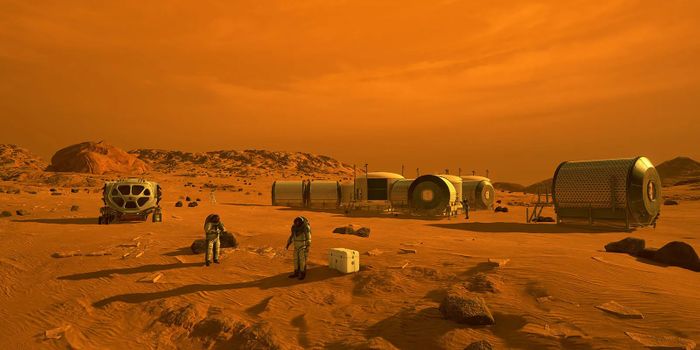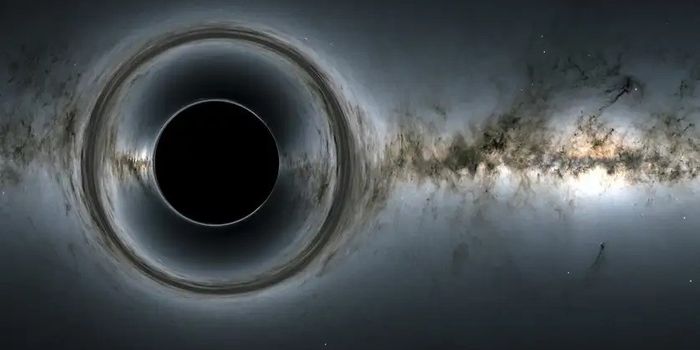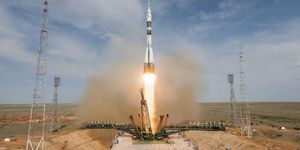These Planets Have More Extreme Weather Than Earth
You might think that the weather can get nasty here on Earth, but it pales in comparison to the weather on other planets in the solar system.
The weather conditions on both Mercury and Venus are so extreme that we wouldn’t be able to survive on either planet. Mercury resides so close to the Sun that it gets bombarded with coronal mass ejections (CMEs), and Venus sports corrosive clouds that drop acidic raindrops.
Mars is perhaps the calmest planet next to Earth, but that’s not saying much. Mars frequently stirs up planet-wide dust storms that last for several months, and dust devils taller than Mount Everest commonly form amid it all.
Jupiter and Saturn both sport powerful weather systems that many scientists compare to super hurricanes. Jupiter’s is known as the Great Red Spot and has been studied for decades. On Saturn, a large atmospheric hexagon forms at the North Pole, and a powerful atmospheric system appears at the center of it.
Uranus rotates on its side, so it exhibits some of the most extreme seasons out of any other planet in the solar system. During the Winter months, part of the planet gets no sunlight, and its distance from the Sun means that Winter lasts almost 21 years. Throughout this span of time, temperatures drop below -216 degrees Celsius.
Lastly, we have Neptune, which has been coined the ‘windiest’ place in the solar system. Winds on Neptune reach more than 1,930 kilometers per hour; that’s more than seven times gustier than a category five hurricane on Earth.
So while the weather might not always be ideal here on Earth, take comfort in knowing that it’s not as hostile as some of the other places in the solar system.








